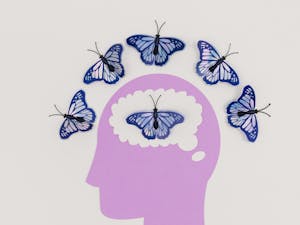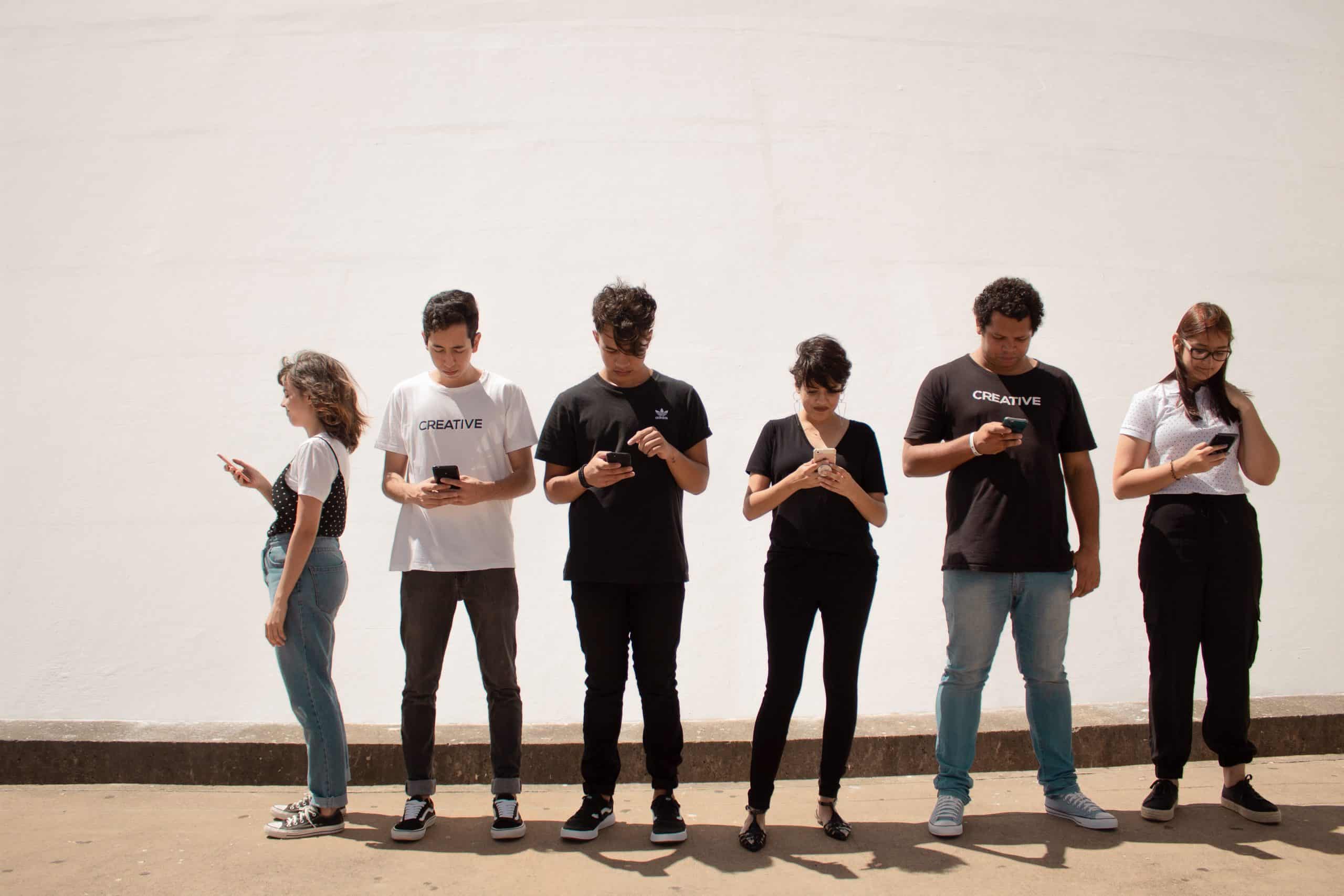In today’s digital age, where technology permeates every facet of our lives, we find ourselves in an increasingly hyperconnected world. The internet and social media have revolutionized the way people communicate, work, and spend their leisure time. A decade ago, the notion of being constantly connected to a global network seemed like science fiction. Yet, here we are, with the internet of things (IoT), artificial intelligence (AI), and ubiquitous online presence shaping our daily life.
While this seamless connectivity brings numerous advantages, such as improved communication and access to information, it also poses unique challenges. From mental health concerns to the digital divide, the implications of a hyperconnected society affect us all. Let’s explore how living in this world dominated by digital technology and technological devices impacts various aspects of life, for better or for worse.
Also to see : 6 advantages of staying in a chalet for your next vacation
The impact of constant connectivity on mental health
Constant connectivity has altered the way we interact with the world and with each other. Social media platforms like Facebook and Twitter have provided unprecedented opportunities for staying in touch with friends and family. However, the flip side reveals a myriad of mental health concerns exacerbated by this always-online lifestyle.
Mental health in the digital age
Young adults, in particular, are susceptible to the pressures of maintaining an online persona, often leading to increased feelings of loneliness and anxiety. The paradox of being more connected than ever, yet feeling isolated, is a real phenomenon. Studies have indicated that excessive use of social media can be linked to lower self-esteem and heightened depression.
Have you seen this : What role do urban green corridors play in preserving biodiversity in cities?
The ‘stories’ and ‘saves’ features on various platforms encourage users to craft and curate their lives, often presenting an idealized version of reality. This can lead to a constant comparison with the seemingly perfect lives of others, further impacting mental health. Finding balance and establishing boundaries with online engagement is essential in fostering a healthier relationship with social media.
The digital divide and access to technology
While many enjoy the fruits of the latest in internet technology, there remains a significant portion of the world’s population that is disconnected. This gap between the connected and the unconnected, often referred to as the digital divide, is a challenge that persists even as technology becomes more prevalent.
Bridging the gap
For those without access to reliable internet or digital devices, the disadvantages are multifaceted. Educational resources, health care information, and employment opportunities are increasingly found online, placing those without access at a significant disadvantage. The digital divide not only perpetuates inequality but also hinders global progress.
Efforts to provide universal access to technology and the internet must be a priority as we move further into the digital age. Governments, organizations, and communities need to work together to ensure that the benefits of a connected world are available to everyone, not just a privileged few.
The changing landscape of work and productivity
The proliferation of connected devices has redefined the traditional workspace. Remote work, made possible by advancements in internet technology, has become the norm for many. While this offers flexibility and the comfort of working from home, it also blurs the boundaries between work and personal life.
Work-life balance in a connected world
The expectation to be constantly available for online meetings or to respond to work-related messages during off-hours can lead to burnout and decreased job satisfaction. Moreover, the rise of automation and artificial intelligence in the workplace presents both opportunities and challenges. While AI can streamline tasks and improve efficiency, it also raises concerns about job displacement and the need for workforce reskilling.
To navigate these changes, both employers and employees must establish clear guidelines and maintain open communication to ensure that the benefits of connected work environments don’t come at the cost of personal well-being.
Social relationships in the age of social media
Social media has transformed the way we build and maintain relationships. Platforms like Facebook, Twitter, and Instagram allow us to stay connected with friends and family regardless of distance. Yet, the nature of these online interactions can sometimes lack the depth and authenticity of face-to-face connections.
Navigating friendships online and offline
The ease of connecting with others online can lead to a larger, but shallower, social network. The value of deep, meaningful relationships can be overshadowed by the pursuit of likes, shares, and superficial online friendships. It’s crucial to remember that social media is merely a tool for connection, not a replacement for real-world interactions.
Creating time for in-person interactions and nurturing close relationships outside of the digital sphere is essential. Balancing online engagement with offline experiences helps to maintain a healthy social life in our hyperconnected reality.
The future of our hyperconnected world
As we look to the future, the trajectory of our hyperconnected world will largely depend on how we manage and adapt to the challenges it presents. The integration of the internet of things, advancements in health care through digital technology, and the continued growth of artificial intelligence will further shape our daily life.
Preparing for tomorrow’s connected world
Understanding the implications of these advancements is key to ensuring that they serve to enhance, rather than detract from, the quality of our lives. By actively addressing issues of mental health, the digital divide, the transformation of the workplace, and the nature of social relationships, we can steer the path of our hyperconnected world towards a more positive and inclusive future.
In conclusion, the challenges of living in a hyperconnected world are multifaceted and complex. The constant barrage of information and the pressure to remain digitally engaged can take a toll on mental health, widen social inequalities, disrupt work-life balance, and dilute the quality of our relationships. Yet, by recognizing these issues and taking proactive steps to address them, we can harness the power of technology to improve our lives and create a truly connected world that benefits everyone. As we move forward, it is vital to remember that while our devices keep us connected to the world, it is our human interactions and experiences that truly enrich our lives.











